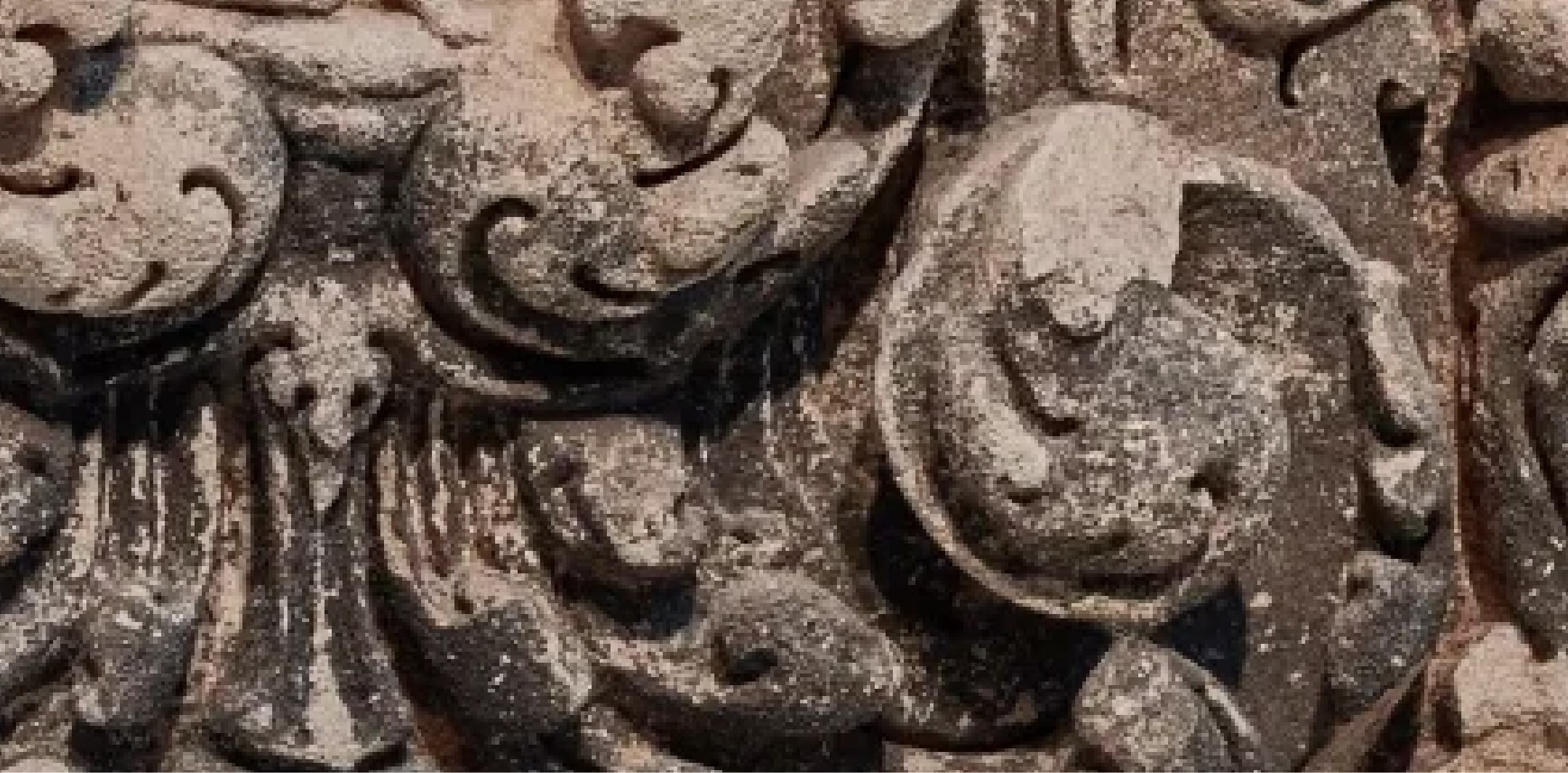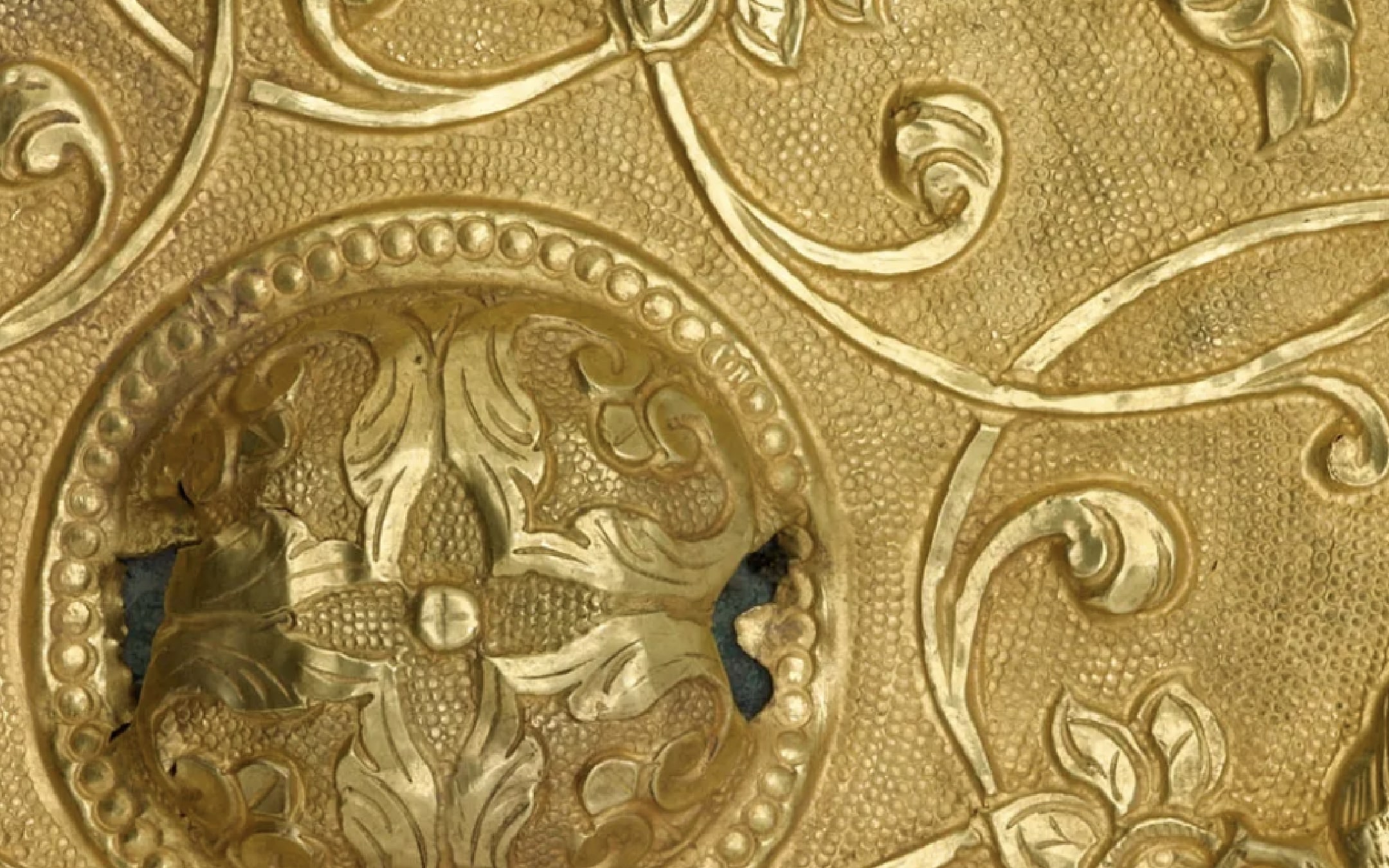Rectangular pendant with incised linked curls

Terms of Use
Usage Conditions ApplyAt A Glance
-
Period
475-221 BCE -
Geography
Shou xian, purportedly found at Anhui province, China -
Material
Jade (nephrite) -
Dimension
H x W x D (overall): 3.1 x 2.1 x 0.6 cm (1 1/4 x 13/16 x 1/4 in) -
Accession Number
S2012.9.780 -
EDAN ID
edanmdm:fsg_S2012.9.780
Object Details
-
Provenance
1931 to 1932Purportedly discovered in tomb located in Anhui province, Shou xian, China [1]To 1948Zhang Naiji (1899–1948), Shanghai, China, then New York, NY [2]1948 to 1954Zhang Mei Chien (1901–ca. 1955), New York, NY, inherited upon her husband’s death [3]1954 to 1959J. T. Tai and Company, New York, NY, likely purchased from Zhang Mei Chien during July 1954 in New York, NY [4]1959 to 1997Dr. Paul Singer, Summit, NJ, purchased from J. T. Tai and Company on March 31, 1959, in New York, NY [5]From 1997 to 1999In the custody of Arthur M. Sackler Gallery, upon Paul Singer’s death in January 1997 and loan agreement in February 1997 [6]From 1999Arthur M. Sackler Gallery, gift of the Arthur M. Sackler Foundation, Paul Singer, the AMS Foundation for the Arts, Sciences, and Humanities, and the Children of Arthur M. Sackler [7]Notes:[1] Object published in Archaic Chinese Jades: Special Exhibition February 1940 (Philadelphia: The University Museum, 1940), cat. 210. Catalogue entry notes discovery site as Shou hsien (now known as Shou xian), wheretombs were exposed between 1931 and 1932. During this period the tombs were never properly excavated.[2] Zhang Naiji (also known as N. C. Chang) was a businessman, born to a prestigious family in Zhejiang that made their wealth in the silk and salt industries. He collected ancient Chinese art objects and Chinese coins. Zhang amassed his collection whilst living in Shanghai, before leaving for America in 1938, and acquired his objects onsite of archaeological excavations (see Alfred Salmony, Chinese Jade through the Wei Dynasty [New York: The Ronald Press Company, 1963], p. 115).Zhang lent his collection anonymously to Archaic Chinese Jades: Special Exhibition. We know his identity through letters housed in the Department of Archives, The University of Pennsylvania Museum of Archaeology and Anthropology, Philadelphia, Pennsylvania (see letter from C. T. Loo to Horace Jayne, October 25, 1939, and letter from C. T. Loo to Horace Jayne, December 16, 1939), copies in Freer and Sackler COM provenance files. The exhibition was entirely organized by C. T. Loo and Company, New York. Letters exchanged between C. T. Loo and the director of The University Museum, Mr. Horace H. F. Jayne, reveal that Zhang Naiji owned the objects and C. T. Loo and Company had the collection on consignment (see letter from C. T. Loo to Horace Jayne, May 28, 1939, and letter from C. T. Loo to Horace Jayne, October 23, 1940, copies on COM provenance files). C. T. Loo and Company kept the jade collection on consignment from 1940 through Zhang’s death in 1948, inventorying the pieces with a prefix “J” and labeling each item as “Chang [Zhang] Collection.”[3] Zhang Mei Chien, Zhang Naiji’s wife, assumed ownership upon his death in 1948. She sold several pieces from her husband’s collection to both C. T. Loo and Company (which later operated as Frank Caro Chinese Art) and J. T. Tai and Company. She sold to J. T. Tai and Company in July 1954 (for example, see J. T. Tai and Company Stock Record YT 886 and YT 895, copies in COM provenance files).[4] See note 3. Sales Slip from J. T. Tai and Company to Dr. Paul Singer, March 31, 1959, includes a drawing of stocknumber YT 1107, “jade small piece,” that loosely resembles RLS1997.48.2765 [S2012.9.780]. Copy located in object file, original located in Freer and Sackler Archives, Paul Singer Papers, box 17, folder 17. In Paul Singer’s memoirs, he reports that he acquired seventeen “of the Chang Nai chi [Zhang Naiji] jades, some of which Mr. Chang [Zhang] lent to the 1935–1936 International Exhibition of Chinese Art,” from J. T. Tai and Company, see Reminiscences of a Transient Custodian,” ms. Paul Singer Papers, Freer and Sackler Archives, pp. 83–84. It is likely that S2012.9.331was one of those seventeen jades.[5] See note 4. The collection of Chinese art and antiquities assembled by Paul Singer over time was purchased by him on behalf of Arthur M. Sackler, Jullian Sackler, The Arthur M. Sackler Foundation, the AMS Foundation for the Arts, Sciences, and Humanities and was later transferred to the children of Arthur M. Sackler.[6] The Dr. Paul Singer Collection of Chinese Art came into the custody of the Arthur M. Sackler Gallery, upon Paul Singer’s death in January 1997 and loan agreement in February 1997.[7] See “The Dr. Paul Singer Collection of Chinese Art Gift Agreement,” March 1999, Freer and Sackler COM Office. The object was formally accessioned into the museum collection in 2012. -
Collection
Arthur M. Sackler Collection -
Exhibition History
Archaic Chinese Jades, Special Exhibition (February 1940) -
Previous custodian or owner
Zhang Naiji 張乃驥 (1899-1948)Zhang Mei Chien (1900-1998)J. T. Tai & Co. (established in 1950)Dr. Paul Singer (1904-1997) -
Origin
Shou xian, purportedly found at Anhui province, China -
Credit Line
The Dr. Paul Singer Collection of Chinese Art of the Arthur M. Sackler Gallery, Smithsonian Institution; a joint gift of the Arthur M. Sackler Foundation, Paul Singer, the AMS Foundation for the Arts, Sciences, and Humanities, and the Children of Arthur M. Sackler -
Type
Jewelry and Ornament -
Restrictions and Rights
Usage Conditions Apply
There are restrictions for re-using this media. For more information, visit the Smithsonian's Terms of Use page.
The information presented on this website may be revised and updated at any time as ongoing research progresses or as otherwise warranted. Pending any such revisions and updates, information on this site may be incomplete or inaccurate or may contain typographical errors. Neither the Smithsonian nor its regents, officers, employees, or agents make any representations about the accuracy, reliability, completeness, or timeliness of the information on the site. Use this site and the information provided on it subject to your own judgment. The National Museum of Asian Art welcomes information that would augment or clarify the ownership history of objects in their collections.
Keep Exploring
-
Related Resources
-
Date
-
Name
-
Place
-
Topic
-
Culture
-
Object Type

